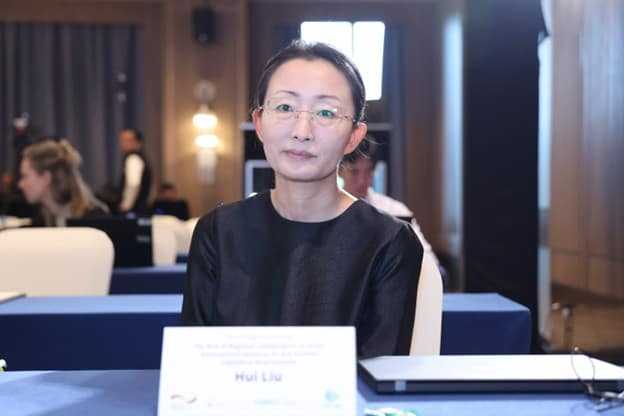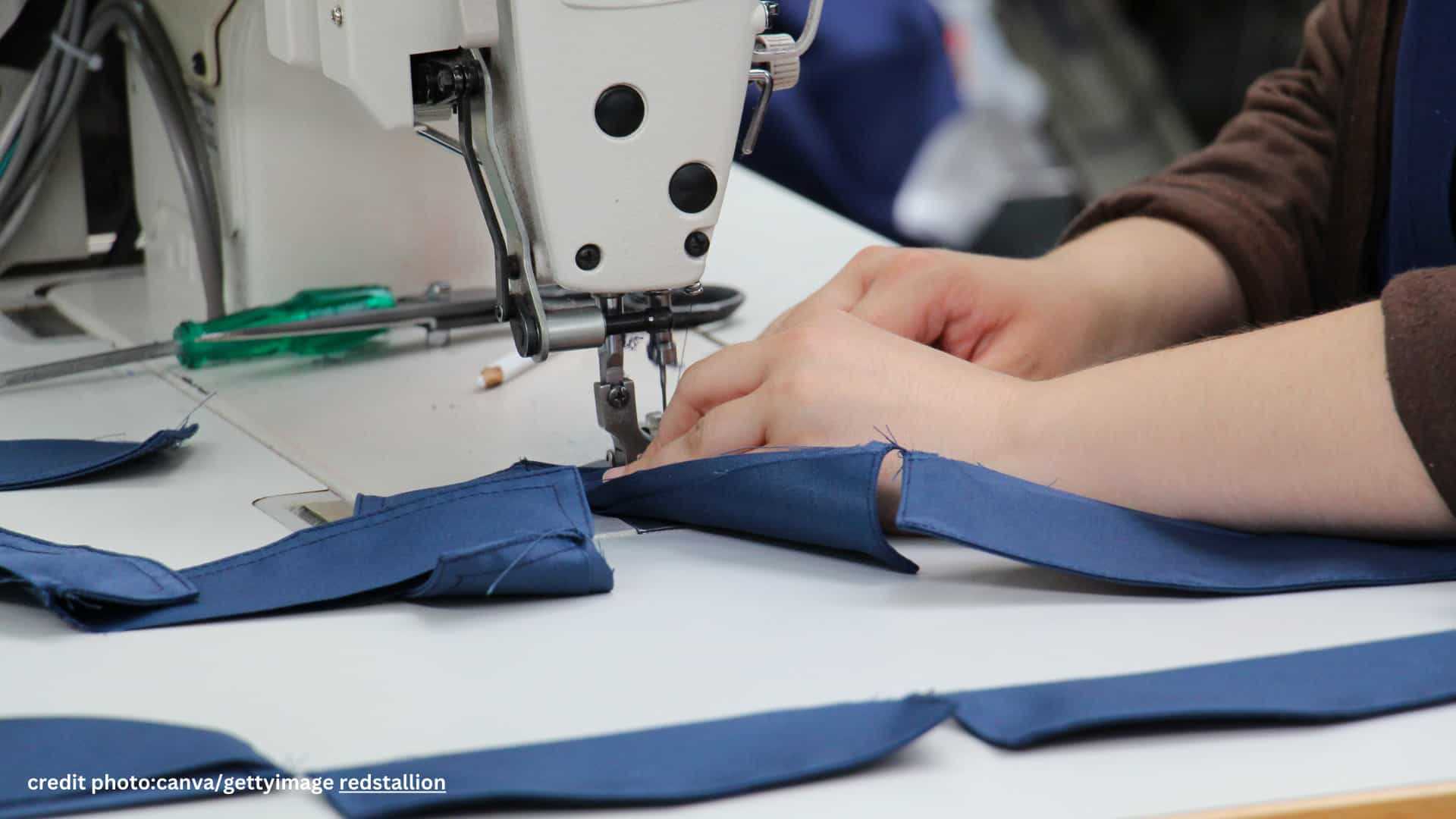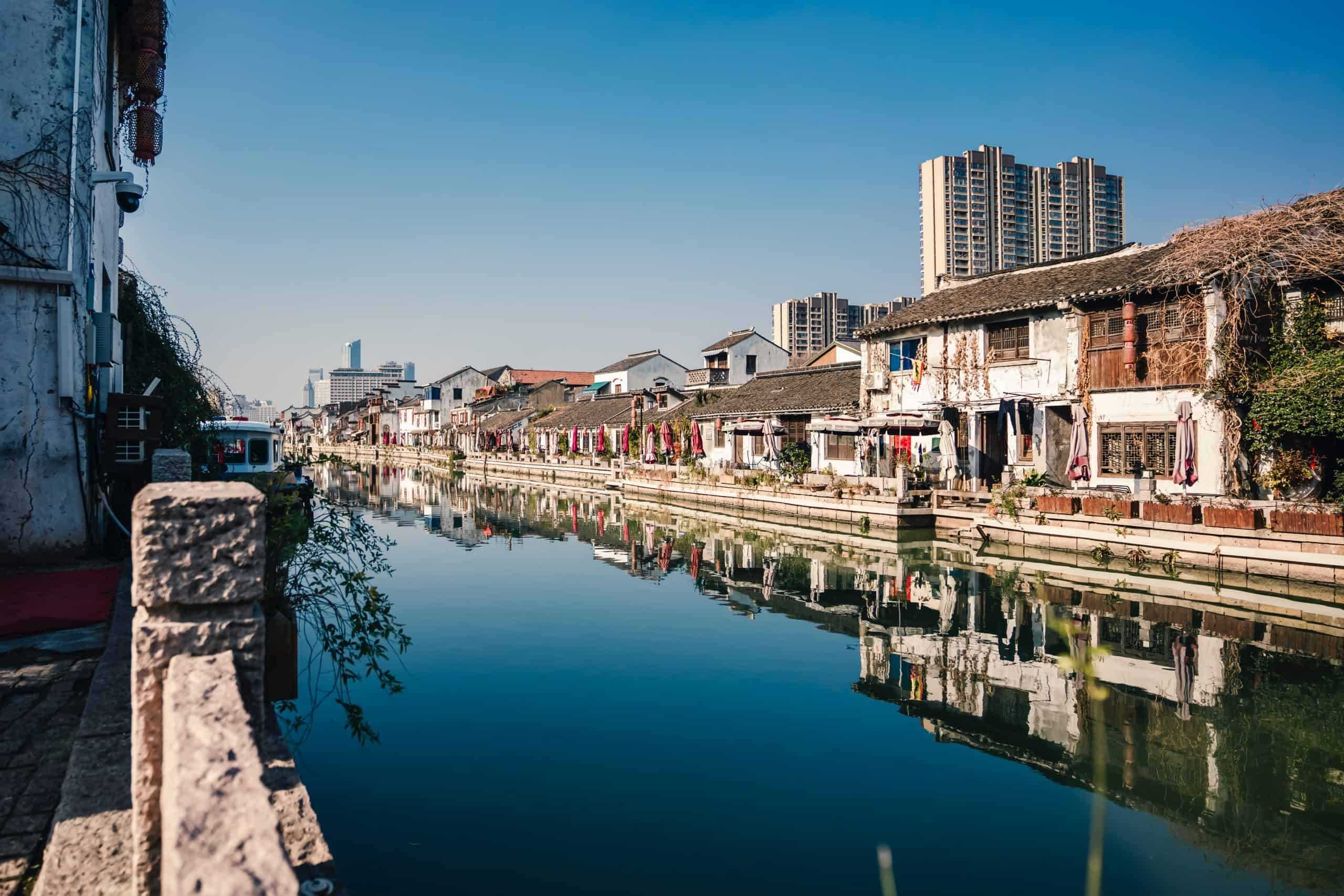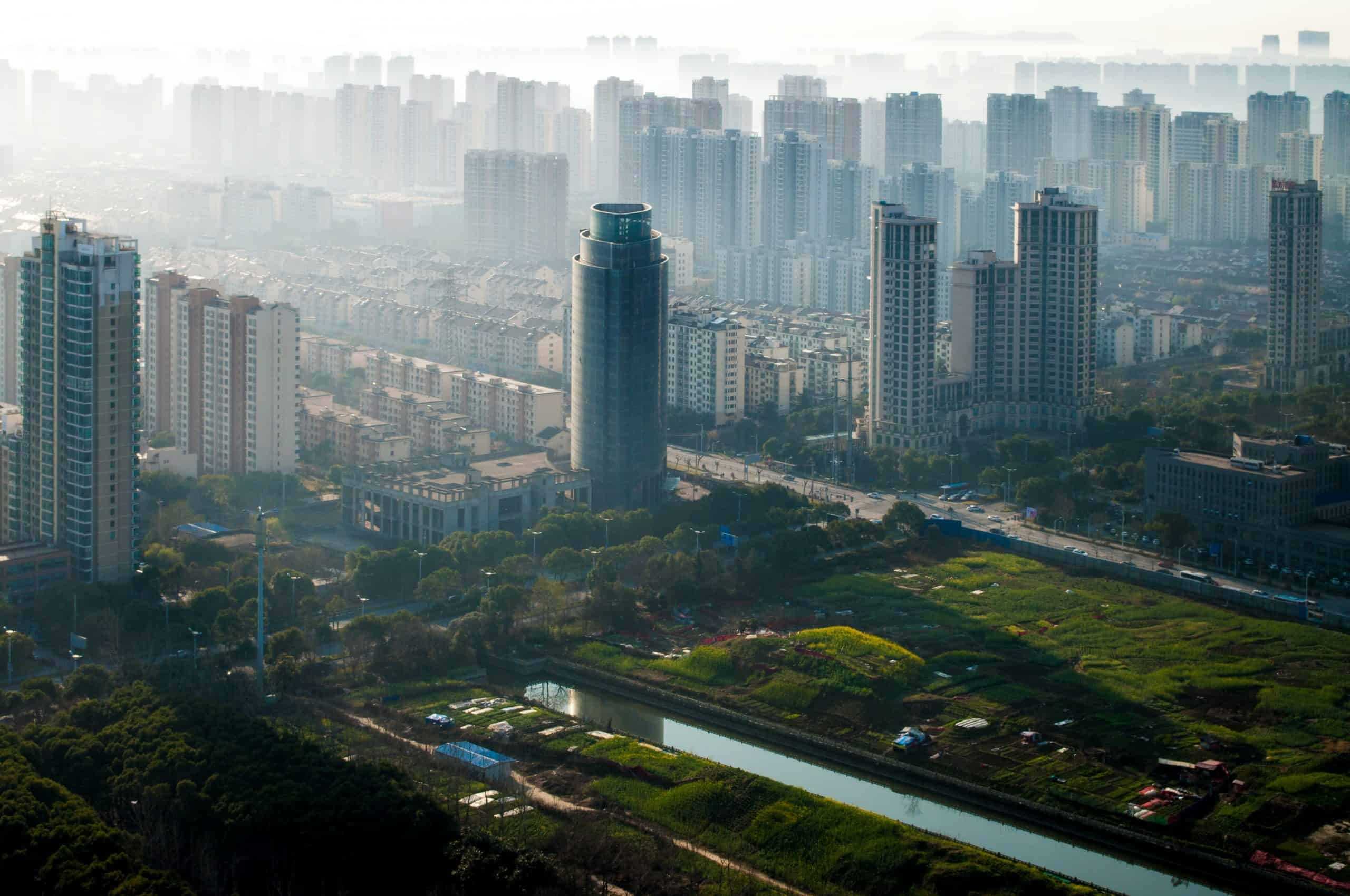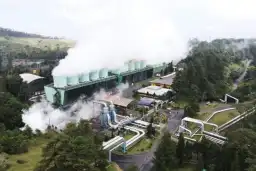Q5. How do you see your engagement in the efforts for the green economic transition?
On 18 November 2020, an online discussion was conducted on Just Transition in the Textile Sector in China through Social Dialogue, co-hosted by ILO and CNTAC under PAGE and in partnership with the ILO-SIDA regional project on Decent Work in Garment Supply Chains in Asia. The discussion analysed the impact of COVID-19 on the textile and garment sector in China (within the broader global and regional context) and put forward the development visions of the sector’s green transition toward environmental sustainability and circularity. At the webinar, I introduced the prospects and pathway to realize the sustainable development of the sector toward an innovation-driven technology industry, culture-led fashion industry and responsibility-oriented green industry, which makes effective contribution to the global green recovery of the textile and garment sector.
In 2021, CNTAC and ILO jointly held a special forum on Just Transition in the Textile and Garment Sector – International Summit on Green Development and Just Transition & Capacity building for industry actors, with the support of PAGE . This forum also received strong support from Humen Town, Dongguan City, Guangdong Province, home to one of the major textile and garment clusters in the country. The event was a complete success, which provided a platform for the participants to share knowledge and exchange views, and proposed the pathways of green development and a just transition of the industry in China, Asia and worldwide.
The workshop was also part of the 2022 PAGE China Academy on Accelerating the Transition to Inclusive Green Economy: Synergy Between Pollution Control and Carbon Reduction, 14-18 November 2022, showcasing the pathway of a just transition toward a low carbon economy from a sectoral approach. I was the CNTAC focal point for collaboration with ILO on the preparation and organization of this forum.
CNTAC continuously promotes the construction of social responsibility and green, low-carbon, and circular development models throughout the industry, reshapes new paths of industry value chain, and takes active actions in comprehensively promoting the green transformation of the industry, achieving significant results. There are currently over 200 textile and clothing industry clusters in China, including a large number of small and medium-sized enterprises or small and micro enterprises. In addition, there are many industrial clusters in the central and western regions, and the level of social responsibility management and green sustainable development capabilities need to be improved. The Humen event set a good example of promoting a just transition toward inclusive green economy through capacity building of industrial stakeholders. We hope that similar PAGE projects can continue and deepen cooperation with different industries for long-term promotion.


